The Top Criminal Justice Wins of 2017
There’s no other way to put it: 2017 was bleak. Bleak because the country’s top public health organization is now prohibited from using the term “science-based.” Bleak because we’re surprised that a man accused of sexually harassing and assaulting young girls — and extols slavery — lost an election. Bleak because the President of These United States stood in front of a portrait of Andrew […]
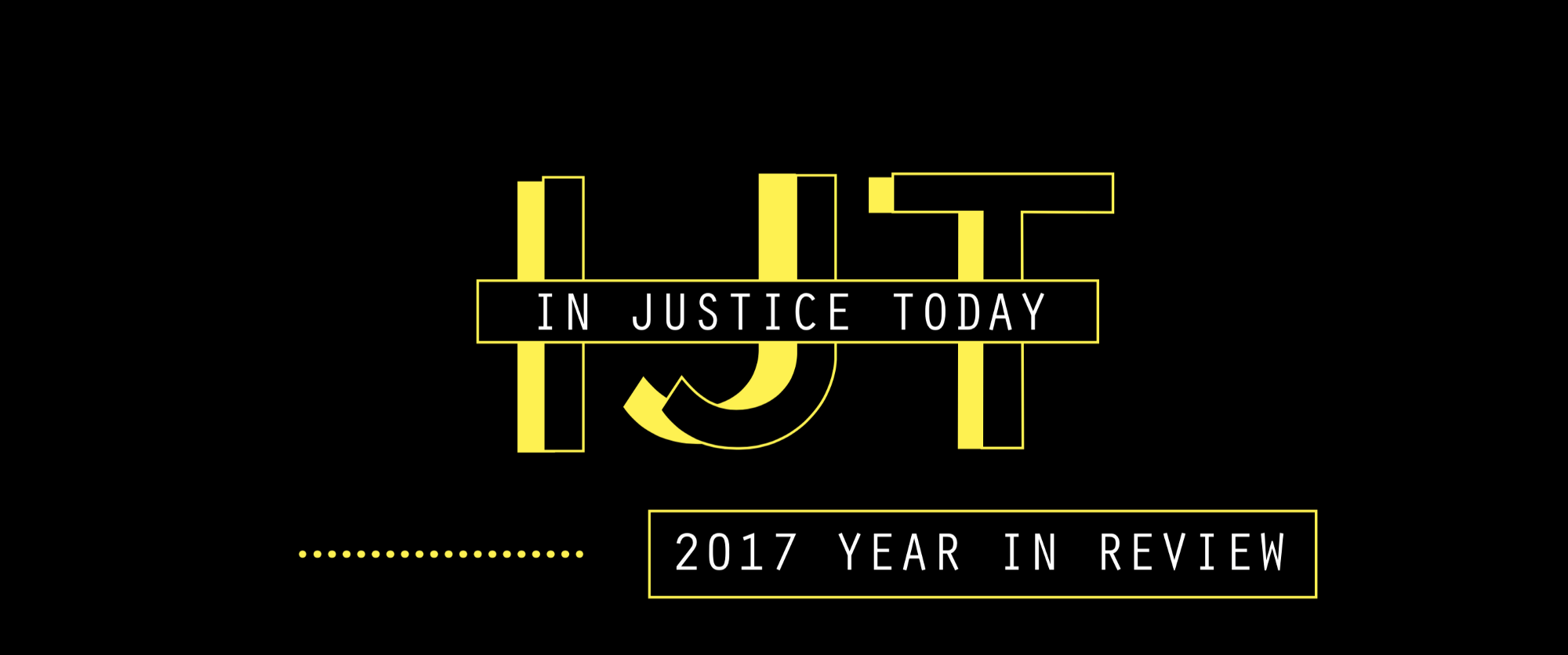
There’s no other way to put it: 2017 was bleak. Bleak because the country’s top public health organization is now prohibited from using the term “science-based.” Bleak because we’re surprised that a man accused of sexually harassing and assaulting young girls — and extols slavery — lost an election. Bleak because the President of These United States stood in front of a portrait of Andrew Jackson and made a joke about Pocahontas while “honoring” Navajo Code Talkers. Bleak because all of these developments happened within the past month alone.
The criminal justice system took a hard beating this year — especially at the federal level. The Department of Justice’s head honcho, Attorney General Jeff Sessions, directed all federal prosecutors to seek the harshest charges possible in every criminal case, scaled back police department investigations, bolstered civil asset forfeiture, put military-grade weapons back in the hands of local police, and expanded the federal government’s role in immigration enforcement. Important crime statistics — including arrest data — were stripped from the FBI’s annual crime report, which is typically used to assess national trends and develop potential solutions. Police officers are still getting away with killing unarmed civilians.
Yes, this year was one of the worst in recent memory. But what if we told you there’s reason to hope — that there is still some good to latch on to?
Well, there is. Here are 11 criminal justice victories to prove it.
1. New York and North Carolina “raised the age.”
Scientists, juvenile justice experts, and courts agree that kids and teenagers are different from adults. The part of the brain associated with decision-making is still underdeveloped, which renders them immature, reckless, and impulsive. They are also heavily influenced by environmental factors, including family dynamics, trauma, and income instability. But children across the country are still being prosecuted as adults in federal and local courts — sometimes automatically, sometimes at the discretion of a prosecutor or judge. This year, New York and North Carolina passed legislation to “raise the age,” and will no longer automatically prosecute 16- and 17-year-olds as adults. Instead, these teenagers can legally be processed in the juvenile justice system, which is better equipped to assess and tackle young people’s unique needs and aims to be rehabilitative, not punitive.
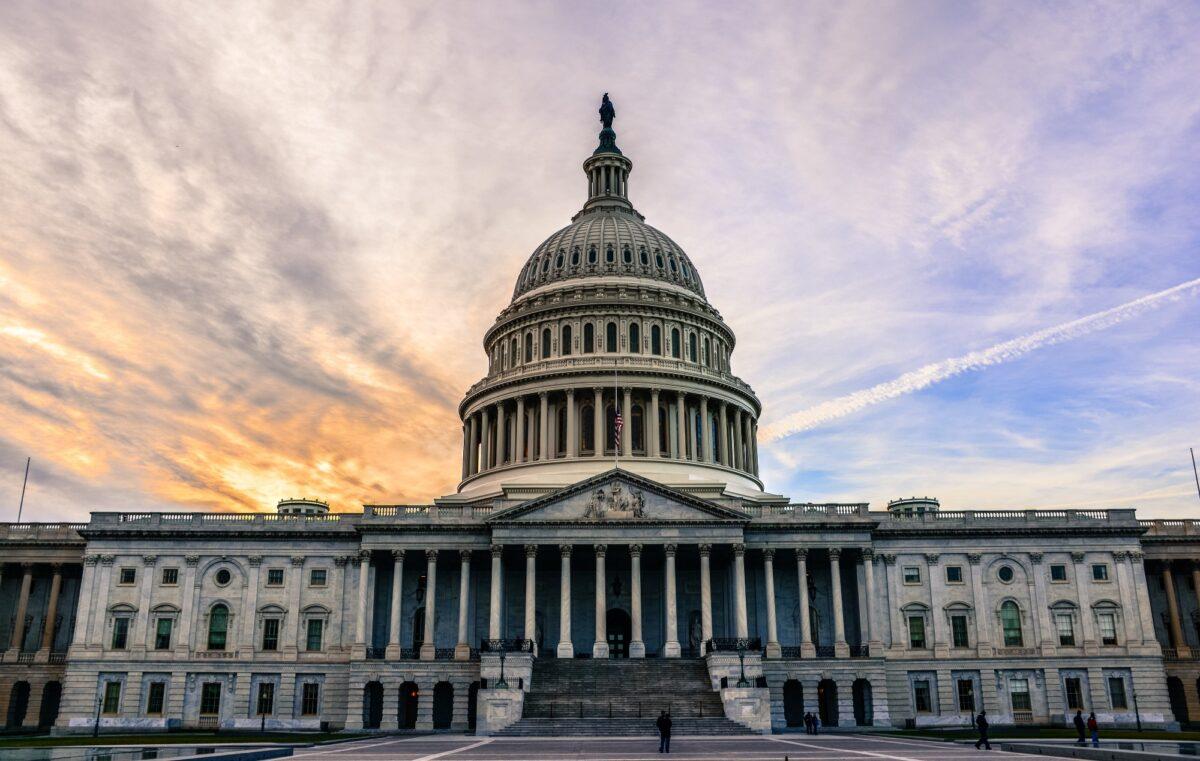
2. The Senate passed critical juvenile justice legislation.
Way back in 1974, the federal government passed the Juvenile Justice and Delinquency Prevention Act, agreeing that there should be a basic set of guidelines for approaching incarcerated youth. As outlined by the Coalition for Juvenile Justice, there were four major tenants of the legislation: youth shouldn’t be locked up with adults, they shouldn’t be prosecuted as adults, they shouldn’t be prosecuted for offenses that wouldn’t be considered crimes if committed by adults, and there are racial disparities among detained youth that need to be reduced. With these ideas in mind, JJDPA gave the federal government an opportunity to create a path for states and municipalities to follow — and fund them accordingly. But Congress has failed to reauthorize and update it since 2002.
In August, the Senate finally voted in favor of a bill to reauthorize the legislation, following passage of a sister bill in the House last year. Now that both houses have advanced legislation, they will hold a conference committee to consolidate the bills and send a final version to the President. But the fact that Congress is addressing JJDPA at all, after 15 years, counts as a victory.
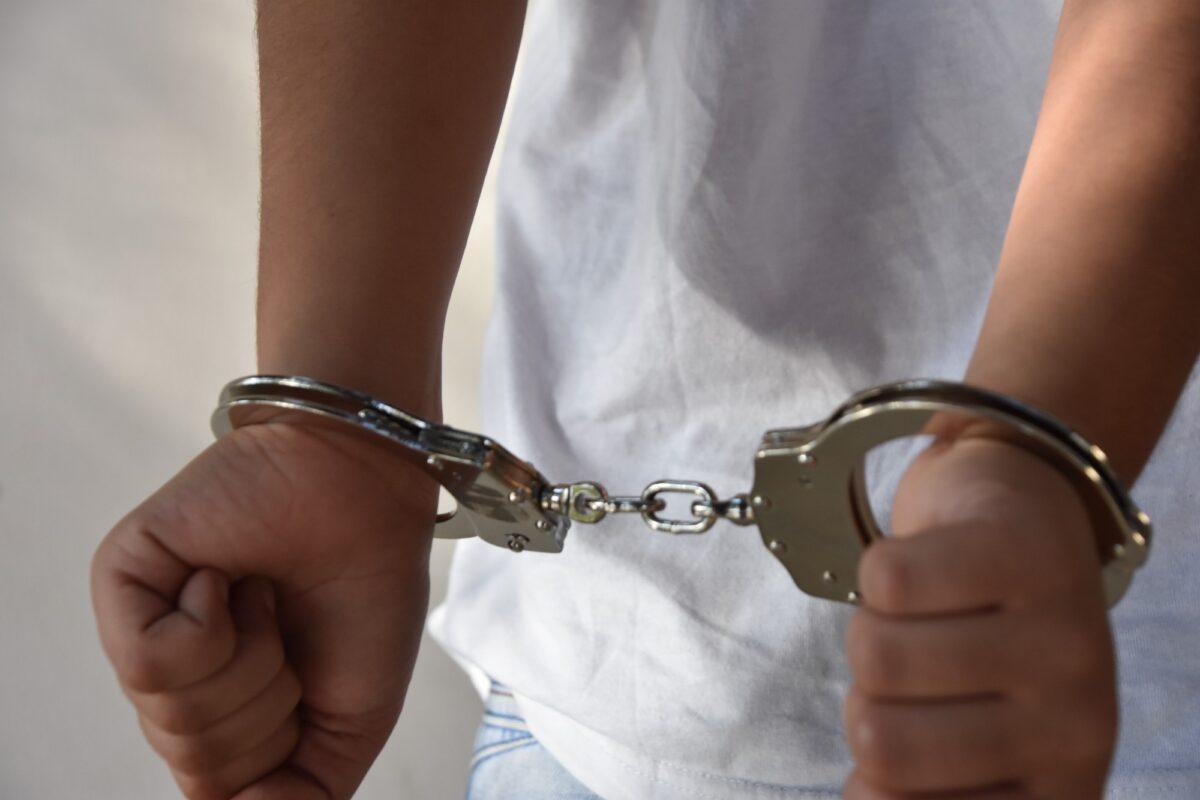
3. Some juvenile lifers were released from prisons.
In case you missed it, the Supreme Court has ruled, twice, that sentencing juveniles to life without parole is unconstitutional. In accordance with these rulings, many states have agreed to eliminate the harsh sentence, resentence those locked up before the landmark decisions, and put parole back on the table. But, as Jessica Pishko wrote in The Nation, it is remarkably difficult for convicted lifers to get out of prison. Some prosecutors just push for another life sentence or another lengthy sentence with parole as an option down the line. Waiting for a parole board to review a case can take years, and release comes with a major condition that people who claim innocence have to grapple with: an acknowledgment that they are responsible for the crime for which they’ve spent a lifetime behind bars.
Despite these challenges, some have made it out. There’s Bobby Hines, who, at age 15, was sentenced to life without parole in Michigan for his connection to a murder. He didn’t pull the trigger, but has spent the last 28 years behind bars because prosecutors said he was responsible for the killing. There’s Earl Rice Jr., who was 17 at the time he was locked up in Pennsylvania prison for a robbery gone wrong. Rice has spent the past 43 years in prison because a woman he stole a purse from fell to the ground and fatally hit her head. There’s also Giovanni Reid in Pennsylvania, who was found guilty of conspiracy in relation to a murder when he was 16. While the numbers are still small, these three count among dozens given another chance by the Supreme Court and states acknowledging that kids are kids.

4. Thousands of convictions dropped due to lab scandals in Massachusetts.
For years, Annie Dookhan served as a drug lab chemist, helping prosecutors build thousands of cases in Massachusetts. But, by her own admission, she tampered with evidence, wrote false reports, failed to complete vital drug tests, and lied about her credentials. In April, prosecutors decided to drop over 21,000 cases tied to Dookhan — many of which were prosecuted in Boston — rather than spending countless dollars and resources to retry all of them.
In November, prosecutors dismissed another 6,000 cases due to chemist Sonja Farak’s illegal activity in another crime lab. In addition to tampering with evidence, Farak stole and used drugs from a lab at the University of Massachusetts in Amherst and conducted most of her eight years of work while high.
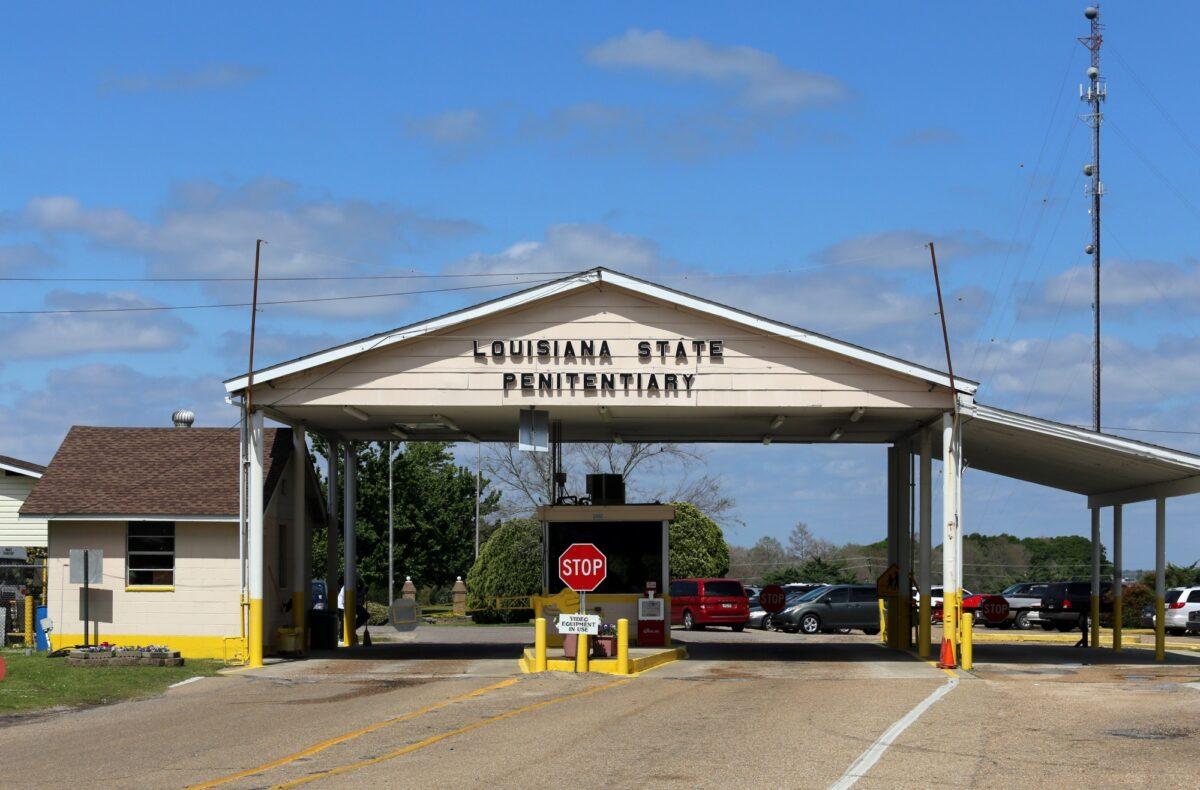
5. Louisiana passed a comprehensive reform package.
Louisiana has long been known as the Incarceration Capital of the World. In 2014, it had the highest incarceration rate, with nearly 40,000 people behind bars. Now, there are about 36,000. As the state mulled over ways to fix this bleak reality, I (John) was lucky to be one of many people to testify before the state’s House Judiciary Committee about mass incarceration’s disastrous impact on the population — and the whopping price tag that comes with it. In June, the legislature finally did something about the problem, passing a massive reform package to reduce the prison population by 10 percent in 10 years at the urging of Gov. John Bel Edwards.
The package includes a number of sentencing and parole reforms. Mandatory minimums were gutted for various offenses: theft, arson, drug possession, and others. Judges now have more discretion to sentence violent offenders and repeat offenders. Prosecutors have more discretion to send people to diversion programs as an alternative to prison. There are no more automatic parole terms for low-level offenses, and judges can now shorten probation terms for some violent offenders and repeat offenders.
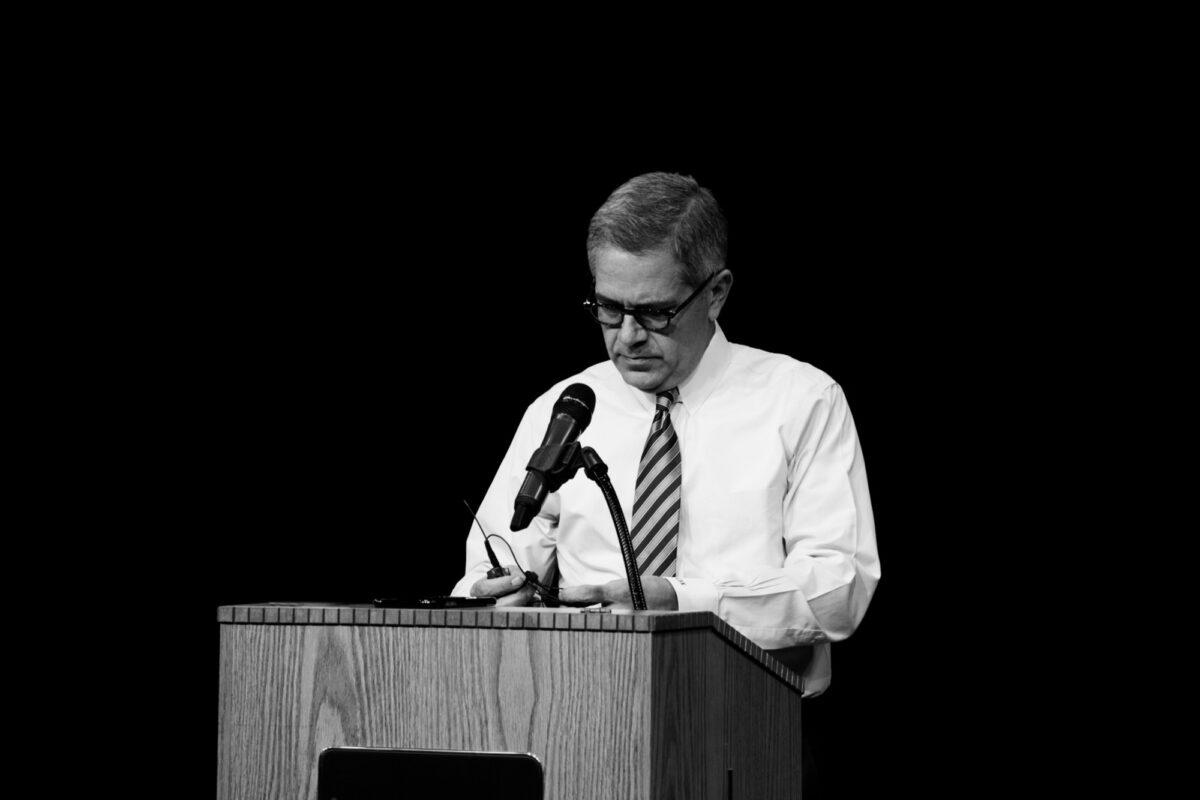
6. Progressive D.A. candidate won Philadelphia election by a landslide.
Last month, Democratic candidate Larry Krasner not only won the race to become Philadelphia’s next district attorney, but he won close to 75 percent of the vote. Krasner, who once called himself “completely unelectable,” has long been a thorn in the side of law enforcement. He notoriously sued Philadelphia officers for civil rights violations 75 times. He has also spent much of his decades-long career fighting for activists who have been criminalized by the government. His platform was also one of the most progressive ones to date. He promised to end death penalty sentences, the prosecution of cases that involve stop-and-frisk, civil asset forfeiture, and cash bail for nonviolent offenses. He vowed to treat addiction as a public health problem, to prosecute police engaged in misconduct, and to protect immigrants.
With their overwhelming support, local voters declared that reform is necessary in the U.S. city with the highest incarceration rate and rampant police abuse. The victory also continued a slow but growing national trend of prosecutorial candidates running on platforms to rethink and scale back tough-on-crime policies that have contributed to the bloated carceral population.
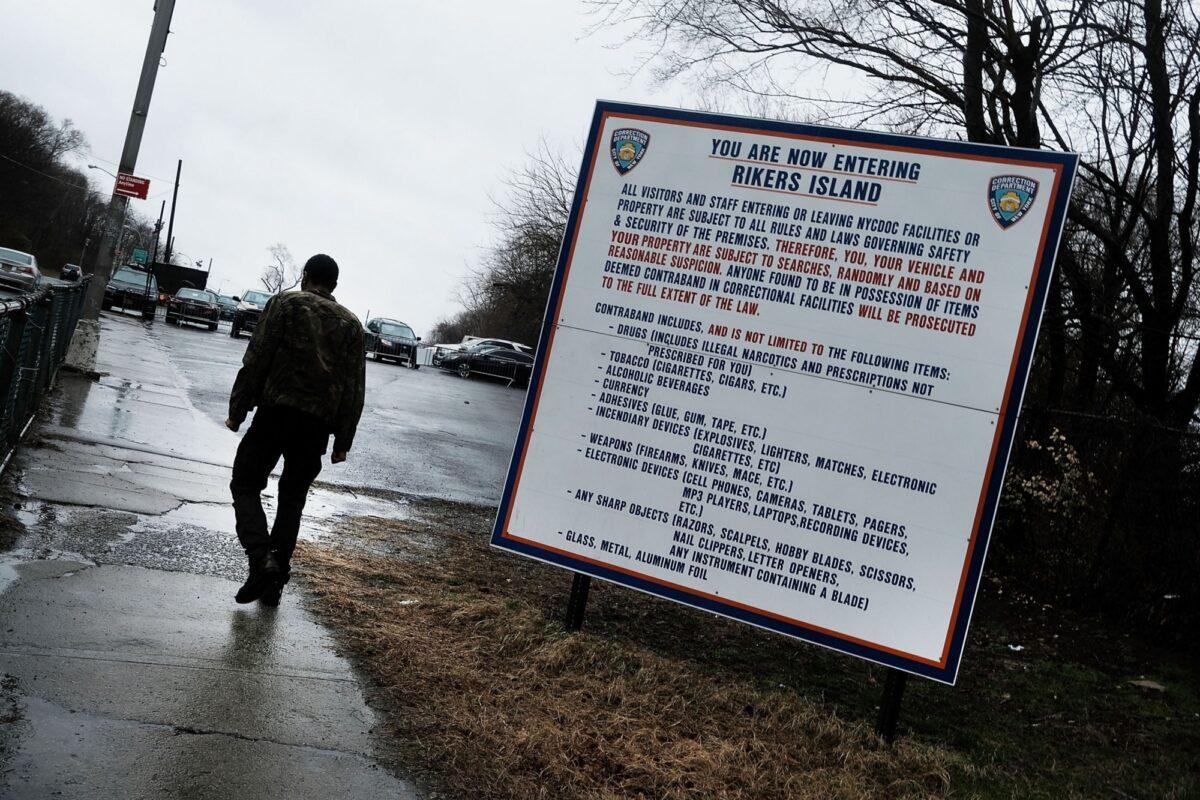
7. New York City announced a plan to close Rikers Island.
New York City is famous for jailing thousands of criminal defendants pretrial — the vast majority of whom can’t afford bail — at Rikers Island. There, they face extreme violence and the rampant use of solitary confinement. Medical neglect is the norm. Many prisoners have been driven to suicide. The air is toxic.
In March, Mayor Bill de Blasio announced that the facility will be shuttered over the next 10 years and replaced with a smaller jail in each of the city’s five boroughs. The decision was a response to recommendations made by the Independent Commission on New York City Criminal Justice and Incarceration Reform, which was assembled in 2016 at the urging of City Council Speaker Melissa Mark-Viverito. At the time of the announcement, roughly 9,360 people were detained at the facility.
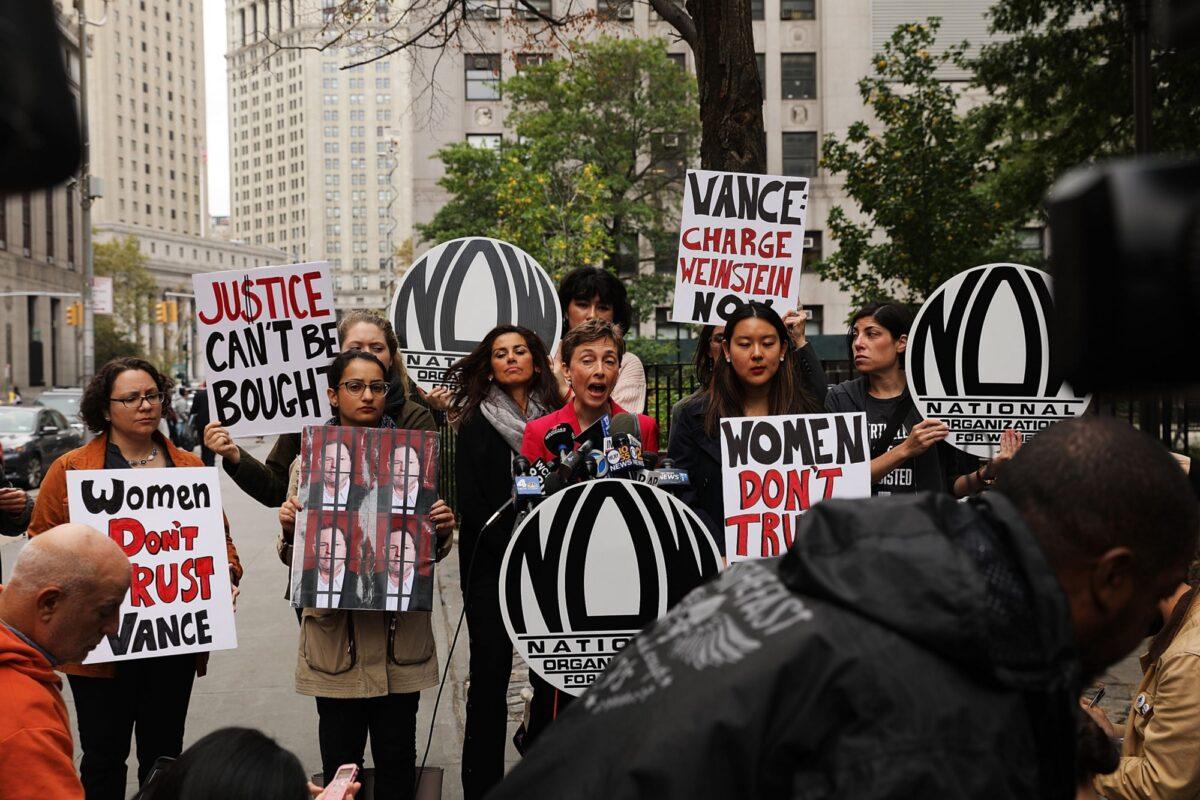
8. There are more eyes on prosecutors.
Police officers are easy to scrutinize for many reasons. They are the most public-facing law enforcement officials, and there is no shortage of stories about how they racially profile people, prey on marginalized groups, violate basic constitutional rights, and kill. Considering all of this, it makes sense that activists, reporters, and lawmakers have been critical of policing and pushed for reform. But there’s another group of law enforcement officials that deserves the same amount of scrutiny: local prosecutors.
Unlike federal prosecutors operating under Sessions, state, county, and municipal prosecutors have the discretion to file charges, request bail and fines and fees, establish plea deals, and push for harsh sentences. While this is nothing new, more and more people are starting to understand the profound role prosecutors play in driving mass incarceration. The ACLU of California launched a campaign to educate voters about their local district attorneys and the policies they promote — including those that contradict what voters actually want. Journalists have also produced deep dives on prosecutors’ abuses of power and misconduct, including Brady violations, the presentation of false evidence,questionable remarks made to jurors, and total lack of accountability. More eyes on these officials ultimately means that there can be a bigger push for accountability.
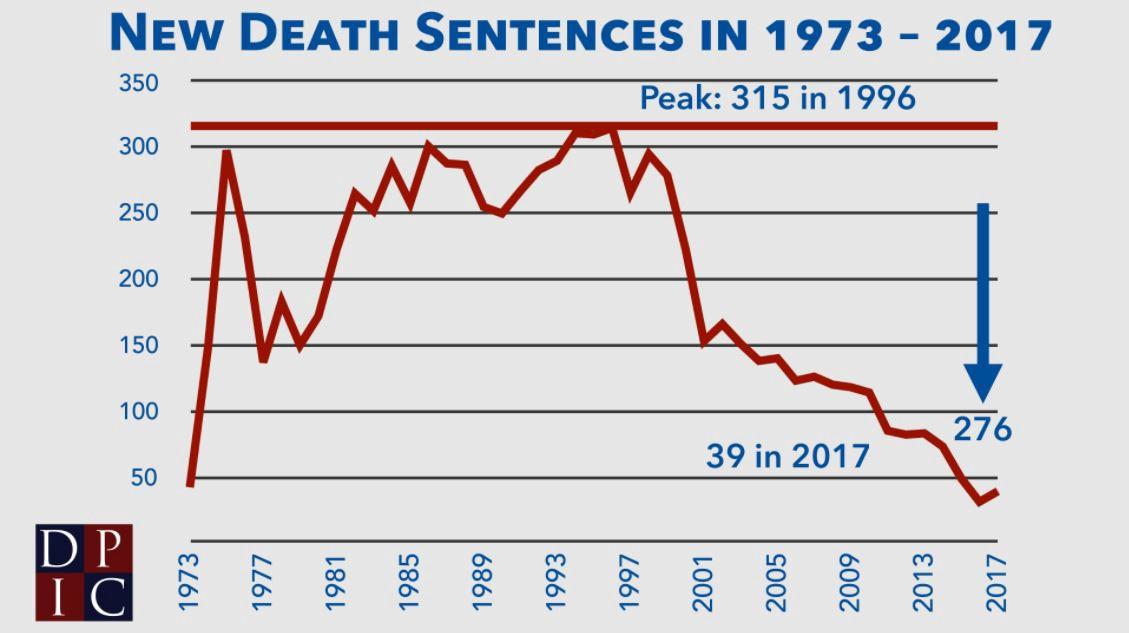
9. Use of the death penalty is still on the decline.
According to the Death Penalty Information Center, which tracks national execution and death penalty sentencing, there were 23 executions this year. This marks the second lowest number of executions in the past 25 years, and the continuation of a downward trend that’s lasted nearly two decades. The total number of new death sentences, 39, was historically low as well, marking the second lowest number of new death sentences in any year since 1972. Public support for the death penalty is also the lowest it has been since that year.
These trends can be attributed to a better understanding of how flawed cases can be, due to science, juror bias, and shady prosecutor behavior. Executions themselves are rife with problems, including but not limited to the fact that the drugs used to execute people are manufactured in unregulated pharmacies and don’t always work as planned. The costs associated with the appeals process, detention, and the execution process are also astronomical.
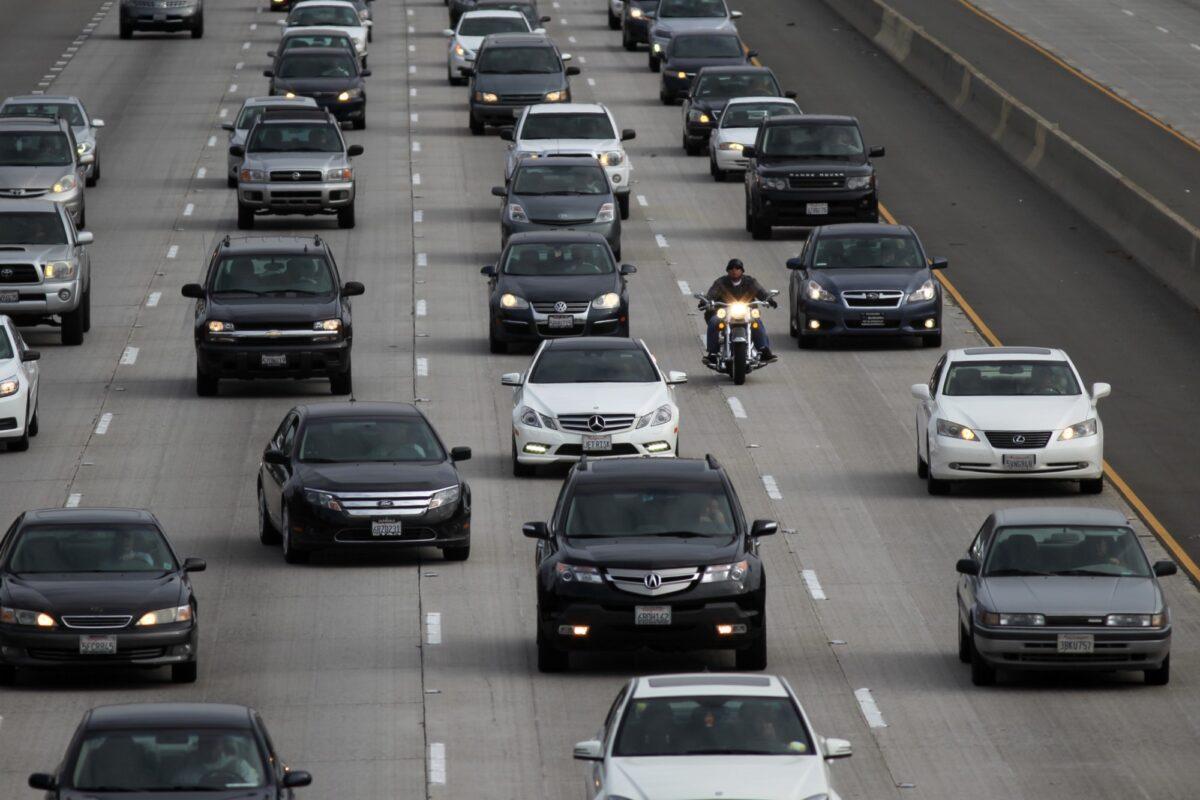
10. Poor drivers in California got some relief.
There was a time that motorists in the Golden State could have their driver’s licenses suspended because they were too poor to pay traffic fines. This put them in a classic “damned if you do, damned if you don’t” scenario. Many people in this position still needed to drive to jobs where they earned what little money they had, at the risk of getting pulled over and accruing more tickets and fines that couldn’t be paid. They still had to take kids to school. Some caught driving with a suspended license were jailed.
In June, Gov. Jerry Brown signed legislation that put a stop to these license suspensions. The legislation will also be applied retroactively. This month, Alameda County became one of the first to reverse the suspensions in accordance with the new law — a move expected to impact 54,000 drivers.
11. Multiple programs are helping formerly incarcerated people rebuild.
Release from prison can be incredibly complicated. On one hand, people get their freedom back. On the other hand, former prisoners often have no money, home, or support system in place to truly get back on their feet. A criminal record can also prevent them from accessing social services that they would otherwise qualify for, and hurt their chances of securing a job or getting a college degree. Buying a bus ticket can be impossible. All of these obstacles perpetuate the cycle of poverty and incarceration.
But more and more programs are starting to offer vital assistance upon reentry, and this year was full of success stories. For instance, my (John’s) campaign to end mass incarceration, FREEAMERICA, helped to launch Unlocked Futures. The project that will fund, offer guidance to, and promote new entrepreneurial ventures by people who were once locked up. In Los Angeles, formerly incarcerated individuals have been hired for construction jobs and given an opportunity to build up their own communities. In fact, reentry grants for health care, treatment programs, and educational programming have been awarded throughout California. In Louisiana, criminal justice advocates established a comprehensive reentry plan to address the needs of people impacted by the criminal justice overhaul.
John Legend is a 10-time Grammy Awards winner, an Academy and Tony awards winner, philanthropist, and founder of the #FREEAMERICA campaign.
Carimah Townes is a criminal-justice reporter for the Fair Punishment Project. She has also covered race politics, education and pop culture.
This article was published in partnership with The Root.
